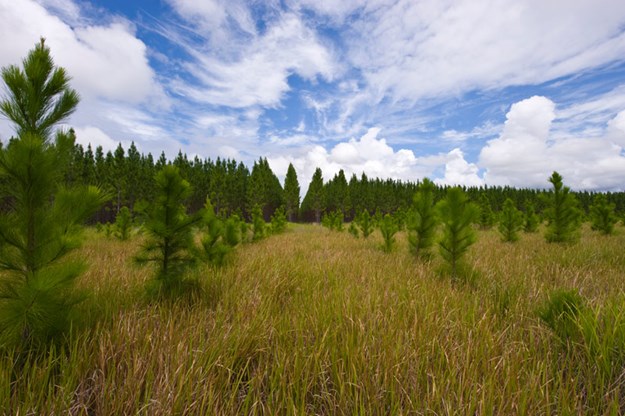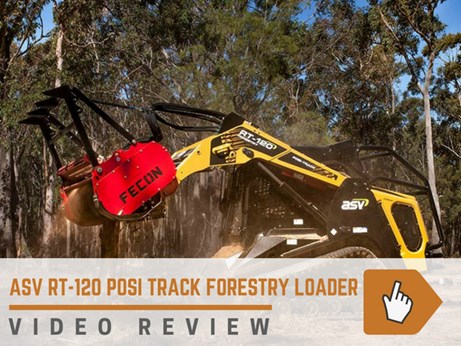The Australian forest, wood and paper products industry supports up to 120,000 jobs with an annual economic contribution of around $23 billion
 |
The Australian Forest Product Association (AFPA), in its ‘Forest industries proposals for the 2019-20 Federal Budget’, says that with the right policy settings, more regional jobs and economic activity can be created in Australia’s forestry industry, allowing businesses to further grow and prosper.
Explaining that forest plantations provide more than 80 per cent of the wood fibre and timber for Australia’s wood product industries, AFPA says that investment in new plantations has been at a standstill for almost a decade and the gap between supply and demand is continuing to grow, filled by imported sawn timber.
The Australian Plantation Statistics 2019 update report released recently by the Australian Bureau of Agricultural and Resource Economics and Sciences (ABARES) recorded a 12,400 hectare decrease in Australia’s total forest plantation area from 2016–17 to 2017–18. This is a more than half a percent drop, bringing Australia’s total area to 1,942,700 hectares in 2017–18.
“These figures again show the downward trend in forest plantation area in Australia, which is particularly worrying, given Australia’s $2 billion trade deficit in wood products,” says CEO of the Australian Forest Products Association (AFPA), Ross Hampton.
“To secure Australia’s timber supply into the future, we need national policies to encourage production tree plantings.
“AFPA has long campaigned for the removal of the unnecessary Carbon Farming Initiative (CFI) water barriers that prevent forestry operations from receiving carbon payments.
“[The] Federal Labor announced, if elected, it would remove the restrictions which effectively disallow carbon payments for new tree plantings in areas of more than 600mm annual rainfall for plantations and areas of 400mm annual rainfall for farm forestry plantings. Unfortunately, the Coalition has not matched Labor’s commitment, which will strongly encourage new plantings, but will deliver $500 million in concessional loan offerings for new forest plantations. Both major political parties have acknowledged the need for 400,000 extra hectares of plantation and farm forestry plantings. The Coalition acknowledges its concessional loan policy could result in 150,000 hectares of new plantations.
“This trend downward in plantation area is a major issue that political parties need to address urgently. Without a steady supply of local timber, Australia will be forced to keep importing more timber and fibre-based products,” Hampton concluded.
CARBON MANAGEMENT
Valuing the carbon stored in forest plantations via the Carbon Farming Initiative (CFI) and through the Emissions Reduction Fund (ERF) is potentially a way to kickstart investment in new plantations in Australia, says AFPA.
New forest plantations would store carbon for the Government to offset against international emissions reduction targets and provide an urgently needed timber resource for Australia’s renewable forest industries.
Late in 2017, the Federal Minister for the Environment and Energy approved a new Plantation Forestry method. Eligible participants are now able to apply to the Clean Energy Regulator (CER) to register an ERF project. The method credits abatement by storing carbon from the atmosphere in trees. This is done by establishing new forest plantations or converting short-rotation plantations to long-rotation plantations.
SUPPORTING PLANTING
However, to date there has been little participation in the form of new production tree planting due to artificially imposed barriers, which are not equally applied to environmental plantings.
Of the original $2.55 billion ERF fund there remains just $225 million. The vast majority of the funds allocated to date have not utilised production forest plantations or farm-based forestry (which deliver downstream jobs) but have instead supported vegetation-based projects such as avoided deforestation, managed native regrowth or environmental plantings, says AFPA.
AFPA says that it is estimated that, should constraints be removed to allow new trees to be planted in the right places, about $80 million in ERF funds could generate the planting of some 40,000 hectares of production trees per year over three years (including a significant uptake of farm forestry).
Ensuring the ability of production trees to fully participate in the ERF would also enable the Government to meet a second policy objective; the planting of an additional billion production trees.
The Australian Government has announced that it supports a goal of adding a billion new plantation trees. In order to achieve this it will:
• Undertake a review of the water requirements in the ERF farm forestry and plantation methodologies to enable forestry to fully participate in the ERF;
• Work with industry and state governments to allow regional forestry hubs to maximise their capacity to accommodate plantation expansion in the right places;
• Review other legislation, policies and processes that may be unintentionally restricting plantation expansion.
KEEP READING


